Jason Kuo
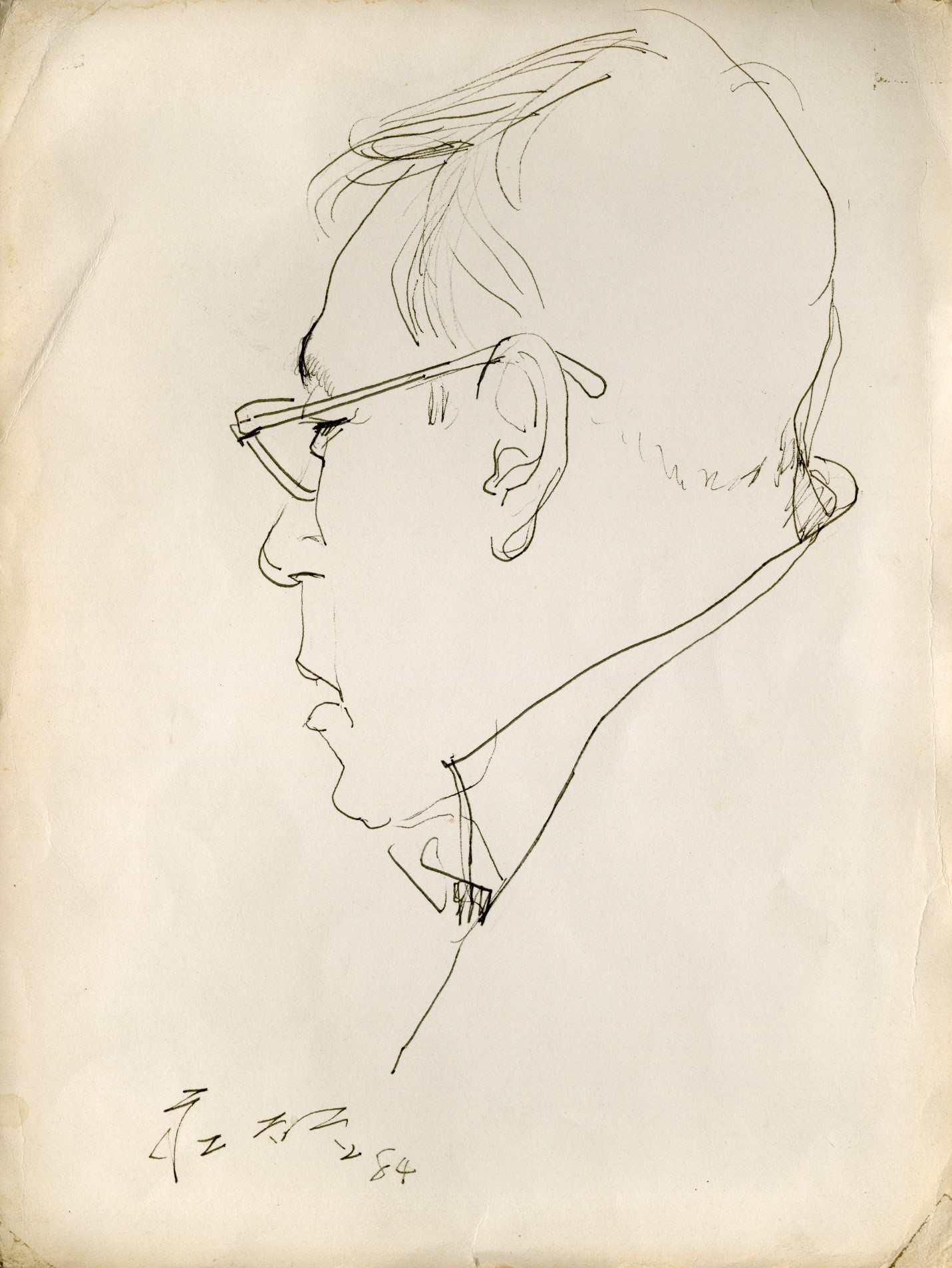
Professor, Cinema and Media Studies, Chinese Art, Art History and Archaeology
School of Languages, Literatures, and Cultures
jck@umd.edu
4221 Parren J. Mitchell Art-Sociology Building
Get Directions
Education
Ph.D., , University of Michigan
Research Expertise
Asia
Critical Theory
Film
Gender
Global Modernism
Modern and Contemporary
Race/Ethnicity
Visual Culture
Jason C. Kuo is Professor of Art History and Archaeology, Core Faculty in Cinema and Media Studies, and Affiliate Professor in Asian American Studies, at the University of Maryland, College Park. He has taught at the National Taiwan University, Williams College, and Yale University. He was a Fellow at the Freer Gallery, a Research Associate at the University Art Museum (UC Berkeley), a Stoddard Fellow at the Detroit Institute of Arts, a Research Associate at the Fairbank Center (Harvard University), and an Andrew W. Mellon Fellow at the Metropolitan Museum of Art. He has received grants from the J. D. Rockefeller III Fund, the National Endowment for the Humanities, and the Henry Luce Foundation. He was a Fulbright Scholar in Taipei in 2001–2.
He is the author of Wang Yuanqi de shanshuihua yishu [Wang Yuanqi’s Art of Landscape Painting] (1981), Long tiandi yu xingnei [Trapping Heaven and Earth in the Cage of Form] (1986), The Austere Landscape: The Paintings of Hung-jen (1992), Yishushi yu yishu piping de tanshuo [Rethinking Art History and Art Criticism] (1996), Art and Cultural Politics in Postwar Taiwan (2000), Yishushi yu yishu piping de shijian [Practicing Art History and Art Criticism] (2002), Transforming Traditions in Modern Chinese Painting: Huang Pin-hung’s Late Work (2004), Chinese Ink Painting Now (2010), The Inner Landscape: The Paintings of Gao Xingjian (2013), The Poet’s Brush: Chinese Ink Paintings by Lo
Ch’ing (2016), and Huang Yao: Paintings of Poetic Ideas (Shiyitu) (2019). His co-authored book The Art of Huang Binhong (with Claire Roberts and Britta Erickson), volume 4 in the Modern Ink Series, is forthcoming from the University of Hawaii Press.
He has curated national and international exhibitions with accompanying catalogs such as Innovation within Tradition: The Painting of Huang Pin-hung (1989), Word as Image: The Art of Chinese Seal Engraving (1992), Born of Earth and Fire: Chinese Ceramics from the Scheinman Collection (1992), Heirs to a Great Tradition: Modern Chinese Paintings from the Tsien-hsiang-chai Collection (1993), The Helen D. Ling Collection of Chinese Ceramics (1995), Double Beauty: Qing Dynasty Couplets from the Lechangzai Xuan Collection (with Peter Sturman) (2003), The Inner Landscape: The Films and Paintings of Gao Xingjian (2013), and Lo Ch’ing: A Contemporary Chinese Poet-Painter (2018).
His edited books include Dangdai Taiwan huihua wenxuan, 1945-1990 [Essays on Painting in Taiwan, 1945-1990] (1991), Taiwan shijue wenhua [Visual Culture in Taiwan] (1995), Discovering Chinese Painting (2006), Visual Culture in Shanghai: 1850s-1930s (2007), Perspectives on Connoisseurship of Chinese Painting (2008), Stones from Other Mountains: Chinese Painting Studies in Postwar America (2009), Zhongguo yishu zhi tezhi (2012), Contemporary Chinese Art and Film: Theory Applied and Resisted (2013), Chinese Calligraphy and Painting Studies: New Perspectives (2020).
His writings have appeared in a broad spectrum of publications, including Art Journal, Asian Culture Quarterly, Chinese Culture Quarterly, Chinese Studies, National Palace Museum Bulletin, National Palace Museum Research Quarterly, Orientations, China Quarterly, China Review International, Journal of Asian Studies, Journal of Asian and African
Studies, and Ars Orientalis. He has been the evaluator of manuscripts for academic publishers such as University of Washington Press, Duke University Press, Mayfield Publishing, Prentice-Hall, University of Michigan Center for Chinese Studies, University of California Press, University of Hawaii Press, Stanford University Press, Leuven
University Press (Belgium), Bloomsbury (UK), Brill (Leiden), International institute for Asian Studies (Leiden), and Routledge (UK), and for such journals as Religions, The Senses and Society, Imago Musicae (US), Modern Chinese Literature and Culture (US), Acta Universitatis Carolinae-Orientalia Pragensia (Prague), Far Eastern History (Australia), Art
Journal (US), Art History (UK), Art Bulletin (US), Journal of Art Historiography (UK), Journal of Royal Asiatic Society of Britain and Ireland (UK), Frontiers of History in China (China), National Palace Museum Research Quarterly, Harvard Journal of Asiatic Studies, Twentieth-Century China, Modern China: An International Journal of History and Social Science (US), Journal of Curatorial Studies (UK), Ming Qing Yanjiu (Italy), Philosophy East and West (US), Journal of the Society of Architectural Historians.
He has received an Andrew W. Mellon Foundation Fellowship, a grant from the National Endowment for the Humanities, two Stoddard Fellowships in Asian Art at the Detroit Institute of Arts, two fellowships from the J. D. Rockefeller III Fund, and many other scholastic honors. In 1991–92, he received the Lilly Fellowship for teaching excellence at the University of Maryland. In 1992–93 he organized and directed a National Endowment for the Humanities Summer Institute for College Teachers on “The Art of Imperial China.” From 1993 to 1998, he undertook the study of the nineteenth- and twentieth-century art of Shanghai, a research project funded by the Henry Luce Foundation that combined the work of six scholars from China and six from the United States. He directed the Summer Institute of Connoisseurship in Chinese Calligraphy and Painting from
2001 to 2003, and organized the conference on Chinese Calligraphy and Painting Studies in Postwar America in 2018, all funded by the Henry Luce Foundation. In 2011, he delivered “Beauty and Happiness: Chinese Perspective” in the Darwin College Lectures series, Cambridge University; the lecture was revised and published by Cambridge University Press. He currently serves on the International Advisory Board of the Journal of Contemporary Chinese Art and the Editorial Board of the book series Philosophy of Film, published by Brill (Leiden and Boston).
Creative
Lo Ch'ing: A Contemporary Chinese Ink Painter
Exhibition of Contemporary Chinese Ink Paintings by Lo Ch'ing.
Author/Lead: Jason Kuo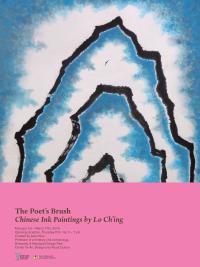
The Inner Landscape: The Paintings of Gao Xingjian
An exhibition of works by Nobel Prize in Literature winner Gao Xingjian Art Gallery at the University of Maryland.
Author/Lead: Jason KuoRead More about The Inner Landscape: The Paintings of Gao Xingjian
Publications
Rethinking Displays of Chinese Contemporary Art. Cultural Diversity and Tradition
This book explores diverse approaches to the displaying of Chinese contemporary art and discusses Chinese contemporary art’s relationship to cultural diversity, tradition and social activism/artivism.
Author/Lead: Jason KuoNon-ARHU Contributor(s): Paul Gladston, Lynne Howarth-Gladston, Johnson Tsong-zung Chang
This is the first edited collection to critically address in its entirety questions related to the displaying of Chinese contemporary art. It includes chapters by scholars and cultural workers from diverse backgrounds involved in the interpretation of artistic as well as curatorial discourses and practices. Each of those chapters gives a detailed account of a particular, socio-culturally informed, approach to the making and showing of Chinese art - including in relation to queer identities, transculturality, the use of social media, artivism, social engagement, institutional critique, and neo-Confucian aesthetics. Together they present a vital intervention with established curatorship amidst the intensely interconnected and increasingly multi-polar cultural conditionalities of early 21st-century contemporaneity.
Modern Ink: The Art of Huang Binhong
A master of contemporary Chinese ink painting and his impact considered
Author/Lead: Jason KuoNon-ARHU Contributor(s): Britta Jackson Claire Roberts
Funding Agency:
Mozhai Foundation
Huang Binhong (1865-1955), a key twentieth-century artist and art historian, produced distinctive floral works and the rare figure painting but focused intently on landscapes. Influenced by early masters, he also studied nature directly. Near the end of his life, despite seriously compromised eyesight, he used rich and dark “burnt” ink to create sublime masterpieces that bridge representation and abstraction. Modern Ink: The Art of Huang Binhong will demonstrate how nature, art historical erudition, a finely tuned compositional sense, and an appreciation for rich and even tonality—derived from epigraphic rubbings—come together in this consummate painter’s late, great landscapes. It will also examine his work in other genres as well as the role of his extraordinary vision as a major force behind the persistence of traditional values in contemporary Chinese ink art.
The book is the fourth volume in the book series Modern Ink.
Chinese Calligraphy and Painting Studies in Postwar America
The book has grown out of papers presented at a conference held in 2018 at UMD (supported by a grant from the Henry Luce Foundation).
Author/Lead: Jason KuoIn recent years, we have mourned the deaths of many of the most prominent scholars in Chinese calligraphy and painting working in the United States. Many other scholars have retired. It is time for us to celebrate their scholarship and the American contribution to the study of Chinese calligraphy and painting. The present volume examines critically the historiography of the field of Chinese calligraphy and painting in Postwar America, to assess its achievements, and to explore how various practices in the field have been affected by the personal backgrounds of its scholars and by the constraints of its institutions (such as universities, museums, private and public funding bodies).
Praise
"Historiographical studies, personal reminiscences, and autobiographical accounts by eight leading scholars of Chinese art history present a vivid picture of how formative figures in the field shaped American understanding of Chinese art. These accounts of what was accomplished in the decades after WWII, accompanied by suggestions for the future, are invaluable readings for students and scholars alike." Julia F. Andrews, Professor of Art History at The Ohio State University; author of Painters and Politics in the People's Republic of China and co-author (with Kuiyi Shen) of The Art of Modern China.
"This remarkable collection of essays by outstanding authorities celebrates some of the influential personalities who have shaped the field of Chinese art. They give a kaleidoscopic view of the diverse ways in which knowledge of Chinese art is acquired and transmitted." Alfreda Murck, author of Poetry and Painting in Song China: The Subtle art of Dissent, and co-editor (with Wen C Fong) of Words and Images: Chinese Poetry, Calligraphy and Painting.
"Chinese Calligraphy and Painting Studies in Postwar America: New Perspectives presents a collection of eight unique essays by experts in the field. It examines the trajectory of academic research on Chinese art history in the United States, which in recent years has become the center of the field. The book offers an opportunity to engage with the latest scholarship on Chinese art and discover how it arrived at its current state. The wide-ranging and insightful essays include historiographies of art historical research, veteran art historians' vivid memories of firsthand research experiences, biographical and scholarly investigations of major players in the field, and the systematic analysis of path-breaking explorations conducted by U.S. scholars. In reading, we are reminded how closely Chinese art history is connected to our own time and place. The book liberates the history of Chinese art from hackneyed narratives anchored solely in historical past and geographical confines, while providing a compelling account of how the history of art history has itself become a new avenue of academic pursuit." J. P. Park is the June and Simon Li Associate Professor in the History of Art and Fellow of Lincoln College, University of Oxford; author of Art by the Book: Painting Manuals and the Leisure Life in Late Ming China and A New Middle Kingdom: Painting and Cultural Politics in Late Choson Korea (1700-1850).
Huang Yao: Paintings of Poetic Ideas (Shiyitu).
Selections from the Huang Yao Foundation Collection
Author/Lead: Jason Kuo
Lo Ch'ing
A catalog to accompany an exhibition at the Michael Goedhuis Gallery, London.
Author/Lead: Jason Kuo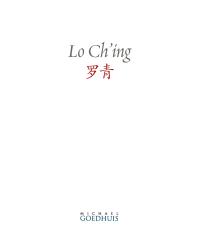
The Poet's Brush: Chinese Ink Paintings by Lo Ch'ing
A monograph on Lo Ch'ing, one of China's foremost contemporary poet-painters.
Author/Lead: Jason Kuo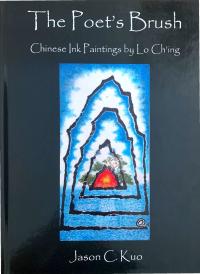
Read More about The Poet's Brush: Chinese Ink Paintings by Lo Ch'ing
The Inner Landscape: The Paintings of Gao Xingjian
A study of the paintings by Gao Xingjian who received the Nobel Prize in Literature in 2000 and was the first Chinese writer to receive the prize
Author/Lead: Jason Kuo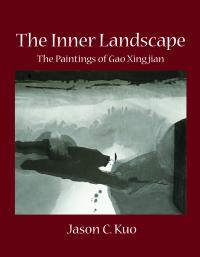
Read More about The Inner Landscape: The Paintings of Gao Xingjian
Contemporary Chinese Art and Film: Theory Applied and Resisted
This volume focuses on the uses and status of theory originating in non-Chinese places in the creation, curating, narration, and criticism of contemporary Chinese visual culture, broadly defined.
Author/Lead: Jason Kuo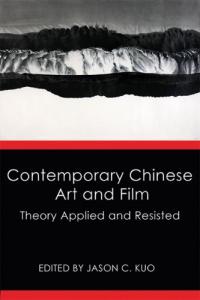
Read More about Contemporary Chinese Art and Film: Theory Applied and Resisted
Chinese Ink Painting Now
The first book-length survey in English on recent trends in the discipline, this text reflects the recent dissemination of Chinese art and the explosion of interest in this work in the West.
Author/Lead: Jason KuoPerspectives on Connoisseurship of Chinese Painting
A collection of essays presented at the Summer Institute of Connoisseurship of Chinese Calligraphy and Painting at the University of Maryland.
Author/Lead: Jason Kuo
Read More about Perspectives on Connoisseurship of Chinese Painting
Visual Culture in Shanghai, 1850s–1930s
A study of formal and informal meanings of Haipai (“Shanghai School” or “Shanghai Style”), as seen through the paintings of the Shanghai school as well as other media of visual representation.
Author/Lead: Jason Kuo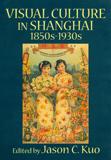
The book provides us a point of entry into the nexus of relationships that structured the encounter between China and the West as experienced by the treaty-port Chinese in their everyday life. Exploring such relationships gives us a better sense of the ultimate significance of Shanghai’s rise as China’s dominant metropolitan center. This book will appeal not only to art historians, but also to students of history, gender studies, women’s studies, and culture studies who are interested in modern China as well as questions of art patronage, nationalism, colonialism, visual culture, and representation of women. The book was based on material produced through a project supported by two generous grants ($125,000) from the Henry Luce Foundation.



